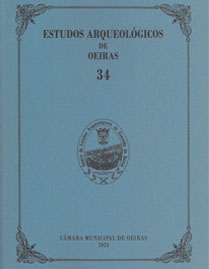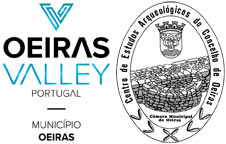Estudo petroarqueológico de proveniência de materiais siliciosos de Leceia, Barotas e Monte do Castelo (Oeiras, Portugal)
DOI: 10.5281/zenodo.12732034
Palavras-chave:
petroarchaeology, lithic industries, Neolithic, Chalcolitic, Leceia, PortugalResumo
The aim of this petroarchaeological study was to identify, from a diachronic perspective, between the Late Neolithic and the Middle/Late Chalcolithic, the types of flint used for the manufacture of lithic products in the prehistoric settlement of Leceia, based on the remains found during excavations carried out between 1983 and 2002, and the types of flint observed in the two workshops located in the vicinity of Leceia – Monte do Castelo and Barotas.
The construction of a local geological reference of flint has contributed to a more detailed knowledge of the siliceous microfacies of the Bica Formation (Cenomanian) on the Lisbon Peninsula.
The correlation of flint samples from archaeological materials with the raw material from potential supply areas, at local and regional level, made it possible to configure a territory of direct supply of flint, collected in local source areas, in primary and secondary formations (alluvium of the Barcarena stream), and also in the form of debitage products produced in Barotas and Monte do Castelo. Leceia would have played a role as an aggregation site, especially from the Early Chalcolithic onwards, with influence on the specialised sites of Barotas and Monte do Castelo, which would have operated in its dependency.
In addition to local networks, regional supply networks have been identified, both to the north‑northeast and to the south‑southeast of the peninsula, where finished objects – blades and/or arrowheads – circulated and arrived at Leceia, probably in exchange for local raw materials. Leceia’s involvement in long‑distance exchange networks is confirmed by the presence of exogenous objects, such as oolitic flint blades from Andalusia.
Downloads
Publicado
Como Citar
Edição
Secção
Licença
Os artigos publicados são da exclusiva responsabilidade dos Autores.
É expressamente proibida a reprodução de quaisquer imagens sobre as quais
existam direitos de autor sem o prévio consentimento dos signatários dos artigos
respectivos.




